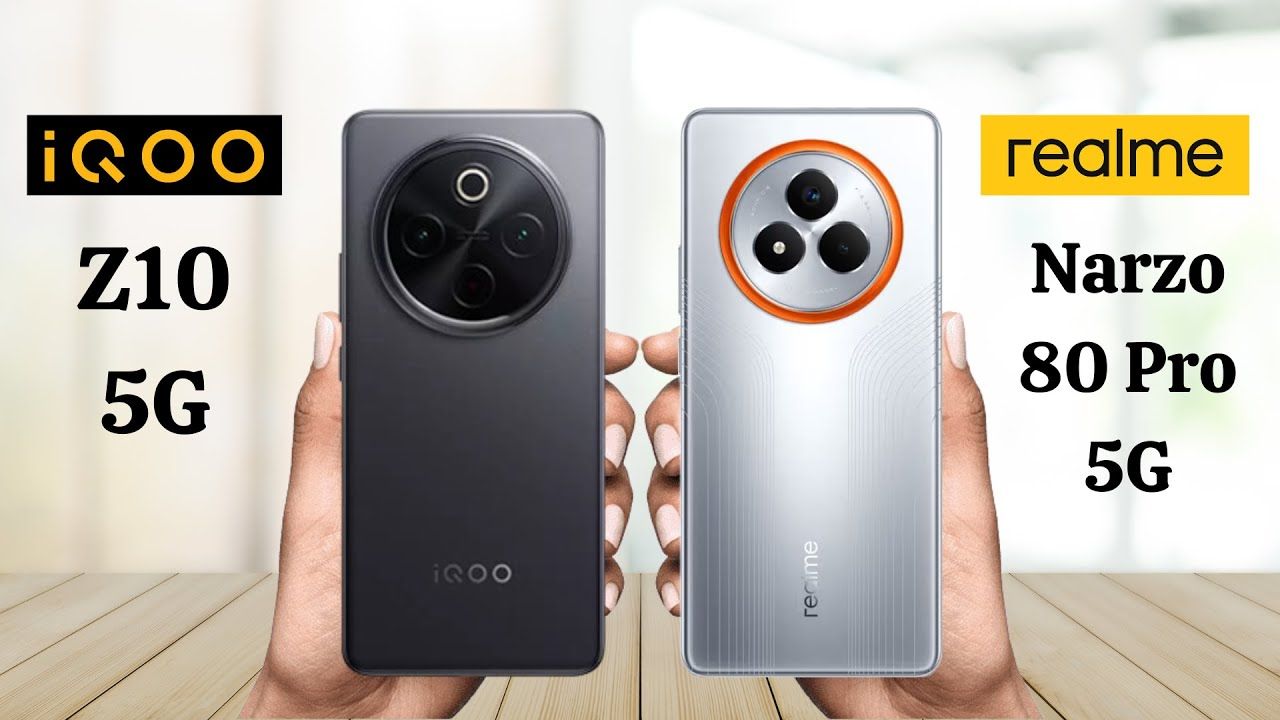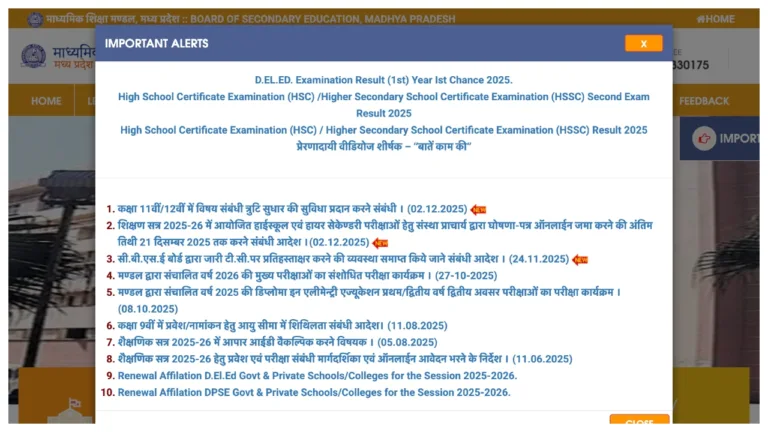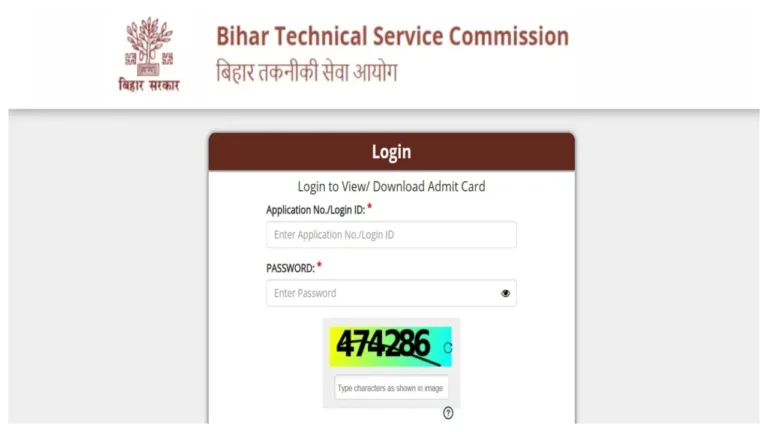iQOO Z10 vs Realme Narzo 80 Pro: iQOO Z10 5G and Realme Narzo 80 Pro 5G are two of the serious players in the affordable 5G smartphone market, both of which have unique features that will appeal to users of a particular category. If performance, battery life, or the display is the most important feature for you, both phones have something to please different users. We will compare these two phones with each other in detail across different categories.
Read More: Motorola Edge 40 Pro vs Motorola Moto G100: Flagship vs Budget Comparison
Read More: iPhone 16 Pro Max vs iPhone 15 Pro Max: Performance Comparison
Design and Build: Slim vs Heavy
iQOO Z10 5G is 7.89 mm thick and 199 grams, whereas Realme Narzo 80 Pro 5G is 7.6 mm thick and weighs 179 grams. Both devices include an in-display fingerprint scanner, but the Realme Narzo 80 Pro, being smaller and lighter in weight, is suitable for individuals who want a slim phone.
Display: AMOLED vs OLED
iQOO Z10 boasts a whopping 6.77-inch AMOLED display with 1080 x 2392 pixel resolution and 120 Hz refresh rate. Its 387 ppi pixel density, however, is just short of what some expect. Compare that to Realme Narzo 80 Pro 5G, with its 6.72-inch OLED display, giving a nominally negligible pixel density advantage of 391 ppi. It also features a HyperGlow Esports display with a peak brightness of 4500 nits, 240 Hz touch sampling rate, and high PWM dimming technology, which provides a more responsive and immersive display experience.
Camera: Dual Rear Cameras
Both phones have a 50 MP primary camera with OIS and a 2 MP secondary camera but operate differently. iQOO Z10 supports recording of 1080p at 60 fps, while the Realme Narzo 80 Pro can only record 4K at 30 fps, which will be perfect for those who require increased capacity of video recording. Both phones’ front cameras are also similar, with the iQOO Z10 having a 32 MP sensor and the Realme Narzo 80 Pro having a 16 MP camera, both of which are sufficient for decent selfies.
Performance: Chipset and RAM
iQOO Z10 5G runs on the Qualcomm Snapdragon 7s Gen 3 chipset with 8 GB of RAM and 8 GB of virtual RAM, which is sufficient for regular use. Realme Narzo 80 Pro 5G, however, is powered by the Mediatek Dimensity 7400 chip, which provides a little more performance with an 8-core processor of 2.6 GHz. It also features support for 8 GB RAM and 8 GB virtual RAM, providing smooth multitasking performance, though both provide the same 128 GB of internal storage capacity, with no expandable memory support.
Battery and Charging: Long-lasting Power
iQOO Z10 5G, in terms of battery, has a huge 7300 mAh battery that provides all-day performance. It also has a 90W Flash Charge for fast charging and reverse charging. See the Realme Narzo 80 Pro 5G, which has a 6000 mAh battery, slightly smaller but sufficient for prolonged hours of usage. It features 80W superVOOC charging, so it is a fast charger, but not faster than the iQOO Z10.
Connectivity: Same Features
The two phones are 4G, 5G, and VoLTE network-enabled, Bluetooth v5.2 or v5.4, and USB-C v2.0. Reverse charging is supported in both phones, but no 3.5mm headphone jack or FM radio, which may dishearten certain users.
Other Features: Not Water-Resistant
While neither of the two phones misses the 3.5mm headphone jack and FM radio, both phones are not water-resistant, a feature that might be a disappointment to customers who want more rugged smartphones.
Conclusion: iQOO Z10 5G vs Realme Narzo 80 Pro 5
Both iQOO Z10 5G and Realme Narzo 80 Pro 5G bring some new features to the budget line. The iQOO Z10 is more suitable for buyers who prefer a big battery and quick charging, while the Realme Narzo 80 Pro features improved display quality, 4K video recording, and a thinner profile. Finally, it depends on what you desire more: performance, display, or battery.










